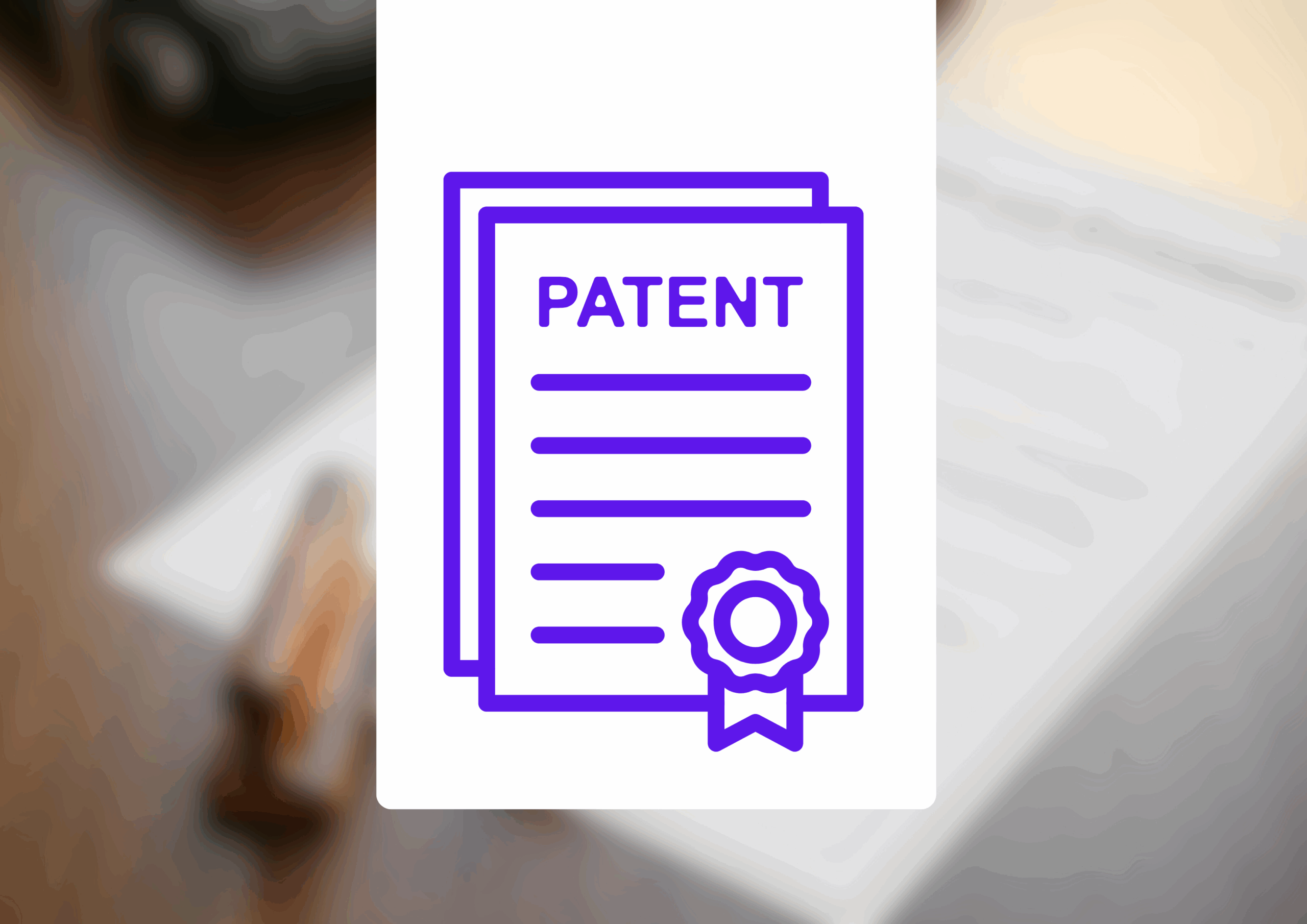Table of Contents
What is a patent? It is a twenty-year exclusive right that lets you stop others manufacturing, using or selling your disclosed invention in the territories where it is granted.
Patent basics every founder should know
However, before drafting bold claims, you must grasp the basics. These fundamentals underpin every strategic decision that follows.
First, definition: what is a patent remains a statutory bargain—disclosure in exchange for a temporary monopoly—administered in Europe by the European Patent Office (EPO) and, since 1 June 2023, the Unitary Patent option; see EPO. To qualify, an invention must be novel, involve an inventive step and be capable of industrial application; software-based technology can qualify if it solves a technical problem. Because the right is territorial, founders must choose national, European or international routes early. Filing promptly prevents competitors from pre-empting or invalidating your innovation through prior art.

Furthermore, ignoring the cost timeline can derail budgets. Expect to spend roughly €6 000–€12 000 up to grant for a single European filing, with annual renewals thereafter. In average, an european patent cost 6 800€. The Unitary Patent shrinks renewals to one fee covering eighteen member states (and counting), a 35 % saving over classic validations—see EPO. Budgeting these predictable outlays reassures investors that freedom-to-operate risks are under control.
Filing routes in Europe
Moreover, three procedural highways dominate today. The national route secures rights in a single country—quick yet geographically limited. The European route produces a “bundle” patent examined centrally by the EPO; once granted, it splinters into national parts that must each be renewed. The newly launched Unitary Patent lets you request unitary effect within one month after grant, streamlining renewals and enforcement across participating EU states.
Additionally, the international Patent Cooperation Treaty (PCT) route, run by WIPO, preserves options in 156 jurisdictions for up to thirty months while you validate the business case. During this international phase you receive a preliminary search opinion that flags novelty issues well before national offices engage. Ideas spark progress. Choosing the right path hinges on budget, market priorities and competitor behaviour.
Protecting innovation and avoiding pitfalls
Meanwhile, once your application is on file, strategic questions replace drafting worries. Should you disclose at conferences before the application publishes? Will open-source licensing undermine enforceability? And—crucially—how broad should your claims be to deter copycats without inviting rejection?
- File before any public demo; grace periods are exceptions, not the rule in Europe.
- Track competitors’ published applications via the EPO’s free Espacenet tool.
- Use EUIPO filings to secure complementary trade marks early; they do not cover patents.
- Align claim scope with the commercial features investors pay for, not every lab curiosity.
- Review freedom-to-operate searches before mass manufacturing to avoid infringing earlier rights.
In short, consider the real-world example of GreenPulse Sensors, a Dutch climate-tech startup. The founders filed a provisional PCT application, secured seed funding on the strength of exclusivity, then opted for a Unitary Patent covering eighteen EU markets. When a rival attempted to launch a similar IoT module, GreenPulse enforced its rights through the Unified Patent Court, obtaining a preliminary injunction in six weeks. The modest cost of early filing was dwarfed by the avoided lost sales and negotiating leverage.
Consequently, during fundraising rounds, venture-capital lawyers will audit your patent portfolio for chain-of-title, claim breadth and evidence of examination progress. A pending application is useful, but an issued patent—especially one examined by the EPO—carries greater weight in valuation models.
Separately, licensing revenue can complement product sales. Universities frequently spin out their patents to startups under royalty agreements; reciprocally, startups may license non-core inventions to incumbents. Such deals can finance further research while deterring infringement through contractual obligations.
Conversely, over-patenting drains capital. Ask yourself: will this claim stop a competitor or merely decorate a slide deck? Unused filings inflate renewal fees without adding freedom-to-operate. Thoughtful pruning demonstrates fiscal discipline.
Ultimately, patents are not trophies but commercial tools. Use them to negotiate cross-licences, enter new markets and strengthen exit negotiations when acquirers perform IP assessments.
What is a patent : From idea to global portfolio
Besides, once your first filing has fixed the priority date, you gain a twelve-month window to extend protection elsewhere without losing novelty. Use this breathing space to gather user feedback, refine prototypes and perform deeper patent landscaping. During this year, conduct freedom-to-operate studies and consider supplementing your single application with continuation or divisional filings to cover emerging features.
Notably, successful European startups often build layered portfolios: core patents protecting platform technology, defensive publications disclosing non-essential variants, and design registrations safeguarding the user interface—see EUIPO. EUIPO design rights can be registered online within days for a modest fee, plugging gaps patents cannot cover. This layered approach balances exclusivity with speed, deterring copycats while avoiding the appearance of an IP land-grab that can trigger counter-litigation.
Secure protection early, then align prosecution strategy with business milestones.
How long does EPO examination take?
Average pendency is twenty-four to thirty months, but the EPO’s PACE programme can shorten this if you request acceleration.
Is software patentable in Europe?
Yes, provided the claimed subject matter has a technical character and solves a technical problem beyond a business method—see EPO.
Can I rely on trade secrets instead?
Trade secrets protect information that remains confidential; once reverse-engineered or leaked you lose exclusivity, whereas a patent affords enforceable rights against independent inventors.



